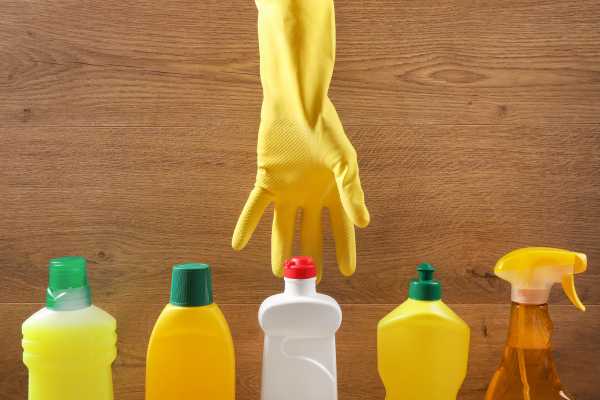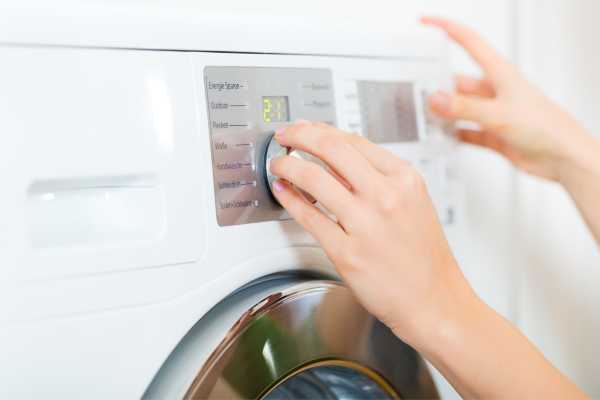Maintaining the pristine condition of white sheets is crucial for ensuring a clean and inviting ambiance in any bedroom. White bedding, known for its timeless elegance, faces unique challenges such as discoloration, stains, and loss of brightness over time. Regular care and specialized techniques are essential to preserve the crisp, fresh look that white sheets bring to a sleeping space. This guide explores the significance of keeping white sheets spotless and bright, delving into specific challenges, and offering expert solutions to maintain their allure.
Understanding the Material of White Sheets

Understanding the material composition of white sheets is pivotal in their care and maintenance. Common fabrics like cotton, linen, and microfiber each possess unique qualities affecting their longevity and appearance. Cotton, known for its breathability and softness, requires different care compared to linen, which is valued for its strength and luxurious feel.
Microfiber, on the other hand, offers durability and resistance to wrinkles. The choice of fabric significantly influences cleaning methods and techniques, as each material responds differently to various cleaning agents and procedures. Recognizing these distinctions is key to effectively maintaining the brightness and integrity of the white sheet.
Pre-Wash Inspection and Preparation

Pre-wash inspection and preparation are critical steps in the care of white sheets. Before washing, it’s essential to thoroughly check for any stains, treating them with appropriate solutions to ensure complete removal during the wash cycle. Specific attention to spots can prevent stains deeper into the fabric.
Additionally, the process of carefully removing sheet from the bed and giving them a gentle shake helps in dislodging and removing any loose debris, dust, or particles. This preliminary routine not only aids in a more effective wash but also contributes to the longevity and maintenance of the sheets’ pristine white appearance.
Choosing the Right Detergent

Selecting the right detergent is vital for the upkeep of white sheets. Opting for bleach-free, color-safe detergents is recommended to prevent damage to the fabric while effectively removing stains and maintaining brightness. These specialized detergents are formulated to be gentle on the fabric, preserving its quality and extending its lifespan.
Additionally, the incorporation of fabric brighteners or oxygenated agents can be beneficial. These products help in revitalizing the white color, making sheets look fresher and newer by tackling dullness without the harshness of traditional bleach. A careful choice of detergent ensures that white sheet remain both clean and vibrant, enhancing their overall appearance.
Washing Machine Settings

Choosing the correct washing machine settings is essential for the care of white sheet. Generally, hot water is recommended for white fabrics to effectively remove dirt and maintain their bright appearance. However, the optimal water temperature can vary based on the fabric type and soil level.
For durable fabrics like cotton, a hot water setting is ideal, especially for heavily soiled sheets. In contrast, delicate materials such as linen may require a gentler, cooler wash to prevent damage. The wash cycle should also be tailored to the fabric type; use a regular cycle for sturdy materials and a delicate cycle for softer, more fragile fabrics. Properly setting your washing machine ensures thorough cleaning while preserving the quality and longevity of your white sheet.
Stain Treatment Techniques
Effective stain treatment techniques are crucial for maintaining the pristine condition of white sheets. For common stains like sweat, oil, and makeup, targeted approaches are necessary. Sweat stains can be addressed by pre-soaking in a mixture of water and a gentle detergent. Oil stains require a direct application of a liquid detergent to break down the grease, followed by a regular wash.
Makeup stains can be lifted with a pre-treatment of a mild stain remover or rubbing alcohol. For those preferring natural alternatives, baking soda or vinegar solutions offer eco-friendly and gentle options. A paste of baking soda and water is excellent for absorbing oil stains, while diluted vinegar is effective for sweat and deodorant marks. These specific methods ensure that white sheet remain free from blemishes and retain their bright, clean look.
Enhancing Whiteness and Brightness
To enhance the whiteness and brightness of white sheets, natural whitening agents like lemon juice or hydrogen peroxide can be highly effective. Lemon juice, when added to the wash cycle, acts as a natural bleach, helping to gently brighten the fabric. Hydrogen peroxide, used in a diluted form, is another excellent option for tackling dullness without the harsh effects of chemical bleaches.
If using bleach, it’s crucial to do so safely; opt for a non-chlorine, color-safe bleach and use it sparingly. Always follow the manufacturer’s instructions and test on a small, inconspicuous area first. These tips not only restore the sheet original brightness but also preserve their fabric integrity for long-lasting use.
Rinsing and Spin Cycle
A thorough rinse is essential in the washing process to ensure all cleaning agents are completely removed from white sheets, preventing residue buildup and skin irritation. After washing, select an appropriate spin cycle setting. For sturdy fabrics like cotton, a higher spin cycle helps remove excess water, reducing drying time and minimizing wrinkles. For delicate materials such as linen, a gentler spin cycle is recommended to protect the fabric’s integrity. Proper rinsing and spinning not only maintain the quality of the sheets but also contribute to their longevity and comfort.
Drying and Ironing

Drying white sheets, air drying is preferable to preserve fabric integrity and prevent shrinkage. If machine drying is necessary, use a low heat setting and remove sheet promptly to reduce wrinkles. For ironing, adjust the temperature based on fabric type. Cotton and linen can withstand higher heat, which aids in achieving a crisp finish. For delicate or synthetic fabrics, use a lower temperature to prevent damage. Ironing while the sheets are slightly damp can also enhance their smoothness and appearance, maintaining the fresh, crisp look of your white sheet.
Maintaining White Sheets Between Washes
To maintain the brightness of white sheets between washes, regular care is key. Prevent yellowing and dullness by avoiding direct exposure to sunlight and using body lotions or hair products that might discolor the fabric. Refresh the sheets regularly by airing them out, which also helps in eliminating odors. Additionally, employing protective measures such as mattress and pillow protectors can significantly reduce the accumulation of oils and sweat, prolonging the clean, white appearance of your sheets. These simple yet effective practices help in preserving the freshness and allure of white bedding.
Troubleshooting Common Issues
Addressing common issues with white sheet, such as yellowing, pilling, and fabric wear, requires specific solutions. Yellowing can often be reversed with a soak in a mixture of baking soda and water, followed by a thorough wash. To prevent pilling, wash sheets separately and avoid overloading the machine. If pilling occurs, a fabric shaver can gently remove them. For worn fabrics, revitalizing brightness can be achieved by using a mild bleach alternative, like hydrogen peroxide or lemon juice, in the wash. These targeted approaches help restore and maintain the quality and appearance of your white sheets.
Conclusion
Effective cleaning and maintenance of white sheets hinge on regular care, appropriate stain treatment, and the right choice of detergents and washing settings. Employing natural whitening agents and ensuring thorough rinsing and gentle drying further enhance their brightness. Regular maintenance, including proactive protective measures, is key to preventing common issues like yellowing and pilling, ensuring the lasting freshness and crisp whiteness of your sheets. Adhering to these practices will keep your white bedding looking pristine and inviting over time.
